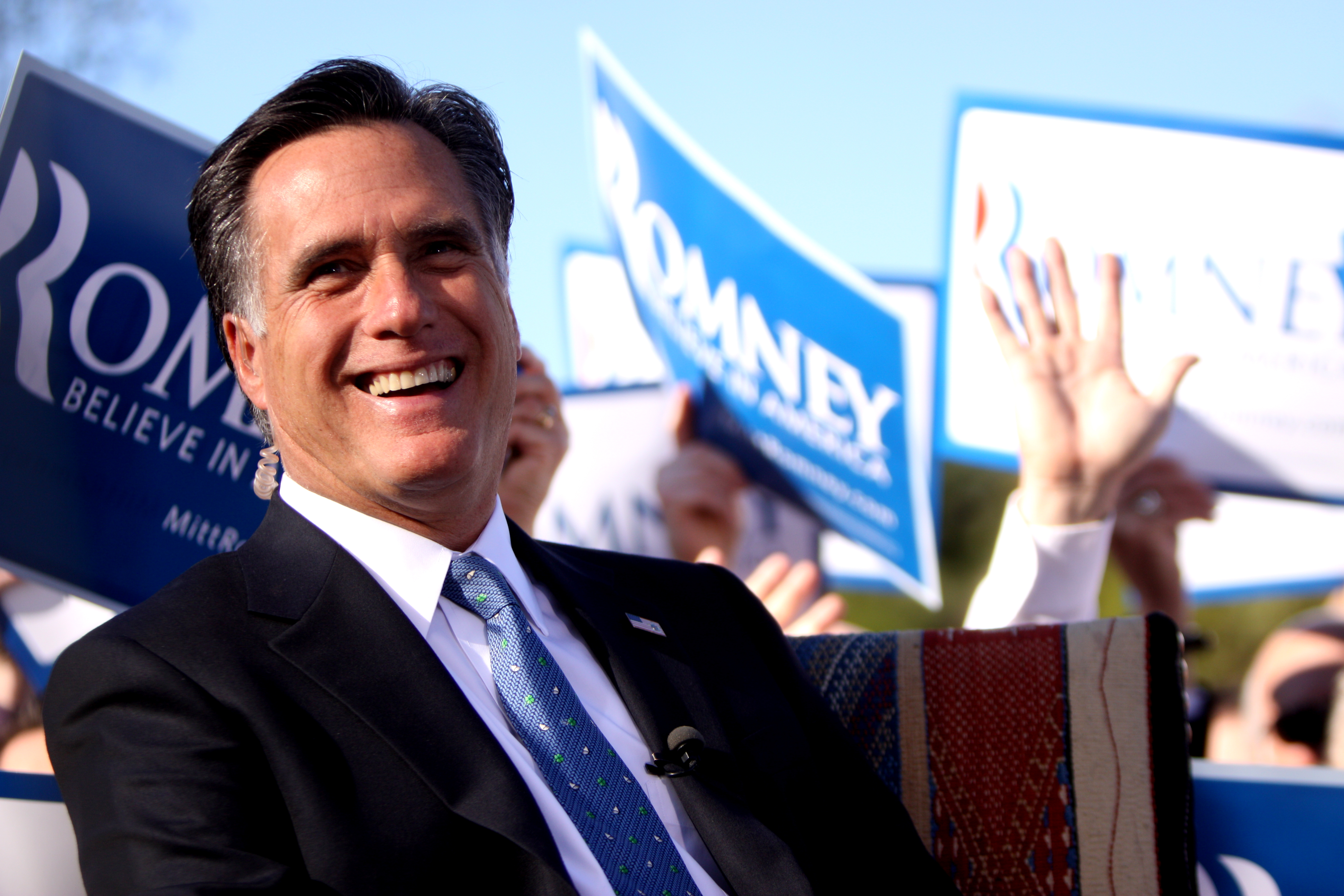By: Sam Kinsman
As Democrats cheer the results of the recent elections and Republicans mourn the loss of a hard fought battle for the presidency, the nation’s businesses are sizing up the policies and regulations they can expect over the next four years of President Obama’s leadership.
For a few industries, the president’s reelection is seen as great news because his policies are a boon to their business (corn growers have benefited enormously from higher corn prices resulting from the mandates to add ethanol to gasoline). For most businesses, however, four more years of President Obama’s administration is expected to come with higher taxes, higher regulation costs, higher medical costs, and continued political gridlock on issues like the growing federal deficit (WSJ).
The financial services industry in particular is bracing for higher regulatory costs over the next four years with the Dodd Frank Wall Street Reform Act now here to stay. As the government tightens its standards, it is useful to examine the topics still under debate as regulators attempt to finalize the rules for the two-year old law. One such topic is the monitoring of derivatives, financial securities whose values depend on the value of one or more underlying assets. Dodd-Frank mandated that the SEC regulate this broad and complex class of securities, which includes options, swaps, futures, and forwards. This is a step in the right direction, but the law omits key changes to a common type of swap, credit default swaps, that could improve the transparency of the markets and support the bankruptcy process. This type of security currently accounts for 50% of the entire credit derivatives market so it is well worth the regulators’ efforts time to get the new rules right.
Credit Default Swaps
A credit default swap is a contract in which one party (protection buyer) pays a periodic fee to another party (protection seller) in return for compensation for default by a reference entity. In other words, credit default swaps (CDS for short) are a lot like insurance an individual may buy on their house or their car. In the event that something bad happens (ex. the car is damaged, the house burns down), the insurance company (protection seller) sends money to cover the cost.
A CDS, then, is a type of insurance that investors can buy when they want to invest in debt, such as the debt of Ford that the company sold to raise money for a new factory. To better manage the risk that they will be paid back on their loan, the investor can buy insurance in the form of a CDS that will pay them what they are owed (made whole) in the event that Ford defaults on its debt. There are two key differences, however, between a CDS and normal consumer insurance (such as home or life insurance).
-
An investor can buy a CDS on something they don’t own – meaning they can buy credit protection on Ford debt without actually owning Ford debt. With regular insurance, this does not happen because it would result in a moral hazard for the person who owns the insurance. In that case, an investor would benefit when someone else’s house burned down (and should therefore be watched for any suspicious late night activities).
-
Credit defaults swaps are a two way contract – meaning they will make money if the value of their insurance goes up (the company is more likely to default) and lose money of the value of the insurance goes down (a company shows it is less likely to default). With regular insurance, this is a one-way relationship. The value of your car insurance, for example, isn’t going to change if your car happens to be the hottest car on the block next month.
Strategies
In general, there are two different strategies companies use when buying and selling credit default swaps (although in practice, many companies use a mix of the two). First, a company can buy the CDS to use it like insurance (called hedging). The second strategy is buying so-called “naked” CDS contracts (buying the insurance without the underlying debt) to speculate on the price. In this case, the speculator holding the CDS typically makes money when the company does poorly and is more likely to default (because the value of the insurance increases).
A side effect of this type of speculation is that some creditors holding CDS securities may not have an incentive to work with a financially stressed company to keep it out of bankruptcy. Rather, to profit from their investment (a perfectly reasonable thing to do), they may encourage such bankruptcies and disrupt the restructuring process. Other technical issues with CDS speculators still remain, such as the argument over proper settlement when a CDS contract is triggered (in other words, how is the protection buyer paid in the event of a default). One preferred method, physical settlement, involves the CDS holder “physically” delivering the bonds to the insurer and being paid par (100%) in return. While this works well for hedged buyers, it again results in a problem for speculators who do not actually own the underlying debt and cannot always easily buy it in the market.
How might these issues be resolved? In Europe, the European Parliament banned the “naked” positions on sovereign debt because they said investors’ bets that countries would default sends fear through the system. A better answer, however, is not to ban the speculator position (for economists say speculators add to the liquidity of the derivative market and more efficiently allocate risk), but to require greater disclosure and transparency in the CDS markets. In its current state, Dodd-Frank does a poor job at addressing this issue because it has little emphasis on disclosure requirements. As a response, industry experts have put forth several solutions to make it better including one idea called the Williams Act that would require investors to disclose the notional value of their CDS positions when they amount to more than 5% of a company’s debt.
The government will face the challenge over the next four years of deciding how best to control complex derivatives that have become an integral part of the financial markets. When doing this, they should focus on greater transparency and can do this by starting with the solutions outside experts have already made available. Transparency promotes orderly and efficient markets and a path through which public confidence and trust in derivatives can be won back.

